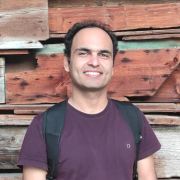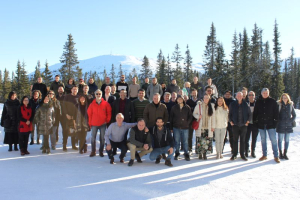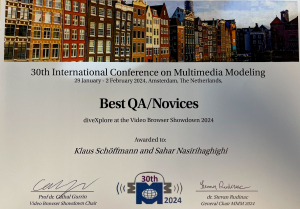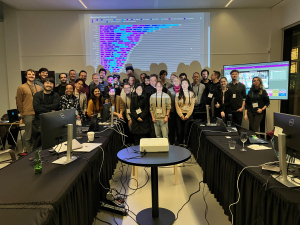Title: Cloud Storage Tier Optimization through Storage Object Classification
Authors: Akif Quddus Khan, Mihhail Matskin, Radu Prodan, Christoph Bussler, Dumitru Roman, Ahmet Soylu
Abstract: Cloud storage adoption has increased over the years given the high demand for fast processing, low access latency, and ever-increasing amount of data being generated by, e.g., Internet of Things (IoT) applications. In order to meet the users’ demands and provide a cost-effective solution, cloud service providers (CSPs) offer tiered storage; however, keeping the data in one tier is not cost-effective. In this respect, cloud storage tier optimization involves aligning data storage needs with the most suitable and cost-effective storage tier, thus reducing costs while ensuring data availability and meeting performance requirements. Ideally, this process considers the trade-off between performance and cost, as different storage tiers offer different levels of performance and durability. It also encompasses data lifecycle management, where data is automatically moved between tiers based on access patterns, which in turn impacts the storage cost. In this respect, this article explores two novel classification approaches, rule-based and game theory-based, to optimize cloud storage cost by reassigning data between different storage tiers. Four distinct storage tiers are considered: premium, hot, cold, and archive. The viability and potential of the proposed approaches are demonstrated by comparing cost savings and analyzing the computational cost using both fully-synthetic and semi-synthetic datasets with static and dynamic access patterns. The results indicate that the proposed approaches have the potential to significantly reduce cloud storage cost, while being computationally feasible for practical applications. Both approaches are lightweight and industry- and platform-independent.
Computing, https://link.springer.com/journal/607











